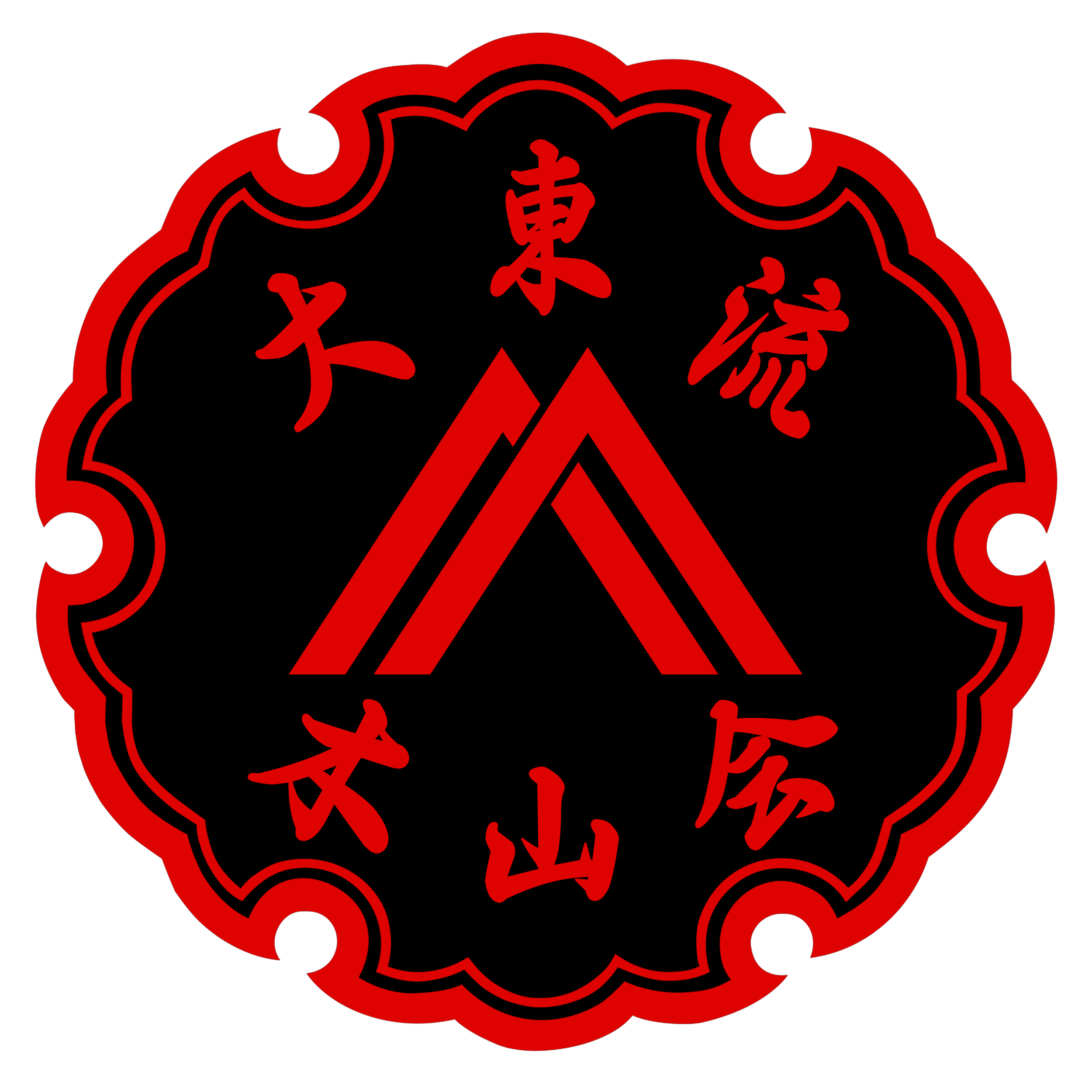Origins
Shinra Minamoto Yoshimitsu (1056-1127)
Daito Ryu is believed to have originated within the family of the 9th century Emperor Seiwa and developed by one of the emperor's descendants, Shinra Saburo Minamoto no Yoshimitsu in the 11th century. Yoshimitsu made a careful study of human anatomy by examining bodies on battlefields and execution grounds to determine the most effective strikes, blows, holds, joint locks, and pins. He also spent hours observing a female spider trapping prey in her web. Yoshimitsu incorporated all of this knowledge into the martial art he had been taught by his family members, and in turn passed on this improved and expanded system to his sons. This system came to be known as the “Daito Ryu,” or “Great Eastern Style” after the name of a family mansion in present-day Shiga Prefecture.
Yoshikiyo, Yoshimitsu's eldest son, settled in the village of Takeda in Koma (present-day Yamanashi Prefecture) and founded the Takeda branch of the Minamoto clan. The Daito Ryu tradition of Yoshimitsu was handed down in complete secrecy through generations of the Takeda family. Near the end of the 16th century, the family shifted its main base to the Aizu district (present-day Fukushima Prefecture). There, the system became known as o-shiki-uchi, or "the palace art," and alternatively as an o-tome-bujutsu, or "inside-the-clan martial art." The art was secretly transmitted to the samurai of the Aizu domain until the fall of the Shogunate in the Boshin War of 1868-1869.

